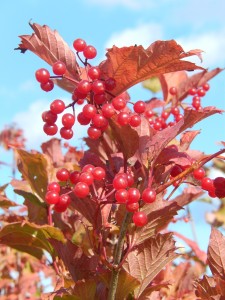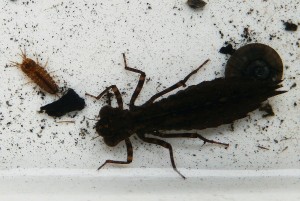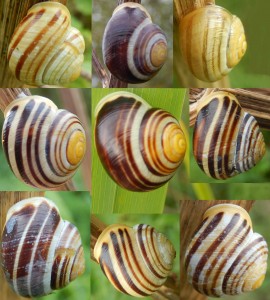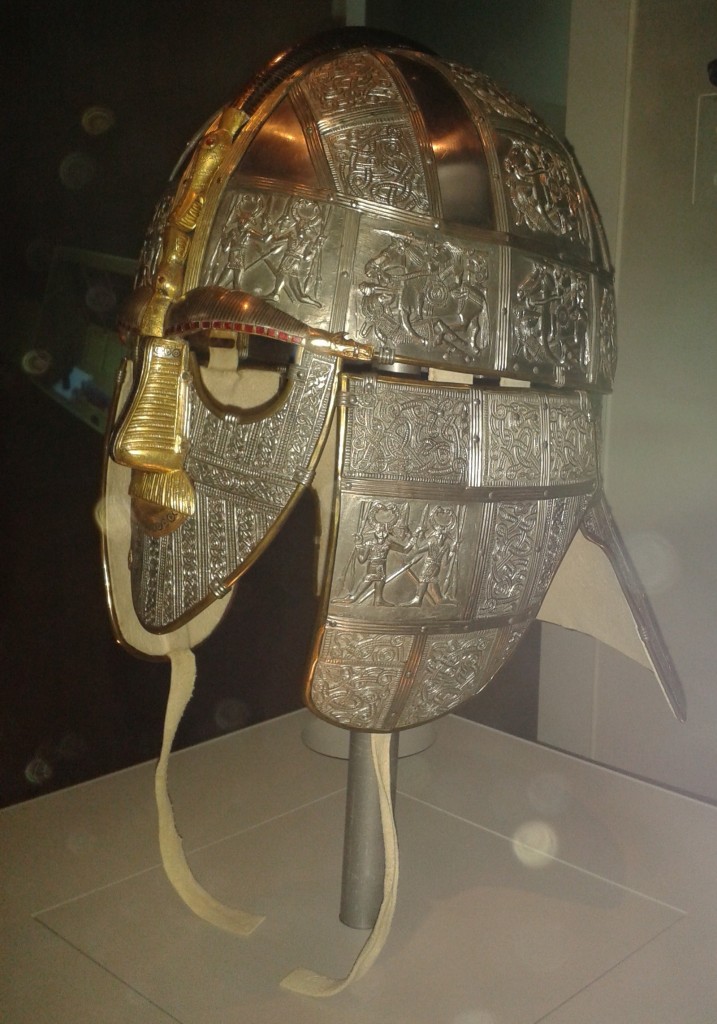Today, down at the nature reserve, it was a day for work and weather rather than natural history. A vigorous Low was working its way across the top of Britain, with a brisk, freshening southwesterly wind bringing little showers across town. The water table had risen appreciably in two days, and I was glad of my gumboots, as I had decided it was time to do something about the overgrown ‘Mangrove Swamp’ in the middle of the reserve.
I should explain at once that we don’t have any coral reefs or fringing banks of Rhizophora mangroves here in Chiswick: that would be a fine thing. What we do have is a wet hollow – probably once a tributary of the long-gone Bollo Brook, one of London’s lost rivers – with attractive carr vegetation. Carr means wet woodland: we have willow of various species (probably mainly crack willow), birch and an assortment of other trees in the drier places – sycamore, hazel, holly, rowan, cherry, oak. But down in the Mangrove Swamp the willows predominate, their feet in the water for half the year. They grow rapidly, and then fall over; or branches get shaded out and die. The result, quite soon, is a tangle of lodged trunks and dead wood that cuts off the view and fills up the hollow, part of the natural succession, but tending to make the reserve less diverse (I think) and less interesting to look at. (I’m reflecting on whether one should be “managing” a “nature reserve” at all, given what George Monbiot says in Feral – he’s all for leaving nature to itself – but in a small reserve in town, management does seem necessary. Perhaps it’s a nature garden or something, not really a reserve at all.)
I cleared a mass of broken or cut dead wood from the wet floor, putting it to one side – it will still be available for fungi and beetles to consume. I then cut several long, heavy willow branches, mostly dead or dying, that had fallen most of the way to the ground across the mangrove swamp. A couple of hours hard work (I completely forgot about the brisk wind) had the main area cleared. We then set to and cleared what seemed to be a dark shrubbery near the boardwalk, but which was actually a large fallen tree shrouded in a six-foot thick mass of ivy. It was satisfying to get it clear; the tree trunk will need chainsawing, however.
After a well-deserved cup of tea, I pruned the hedge that was overhanging the street, pulling down a mass of strong twining hops that had scrambled all over the hawthorn. Blood-red haws rained down but there were plenty left when I had finished. Around the reserve, the rowans were in fine fruit, with some roses covered in scarlet hips.













